Olives and Olive Oil in ANTEQUERA
The olive is integral to the Spanish way of life.
The Olive – a food
Primarily, this little fruit is an essential ingredient in the infrastructure of the Spanish food culture.
A caña of beer at the bar, should not go unaccompanied by a small saucer of olives, slid alongside it at no charge.
Olives were the first ‘tapa’.
Olives punctuate Spanish fresh salads.
They are sprinkled around the edges of the yellow rice of paella.
A black olive tapenada is a much loved savoury paste, combining crushed olives with other ingredients such as anchovies, garlic, peppers, and herbs.
Who has not heard of a genuine Gin Martini without a skewered olive?
And, olive oil, is of course, universally used in food marination, frying, cooking, sauces and dressings, preserving cheese, fish, sausages, vegetables, or simply drizzled over a freshly toasted mollete.
It’s culinary use is endless.
And, it’s health benefits are well documented (see on for The Olive – health benefits)

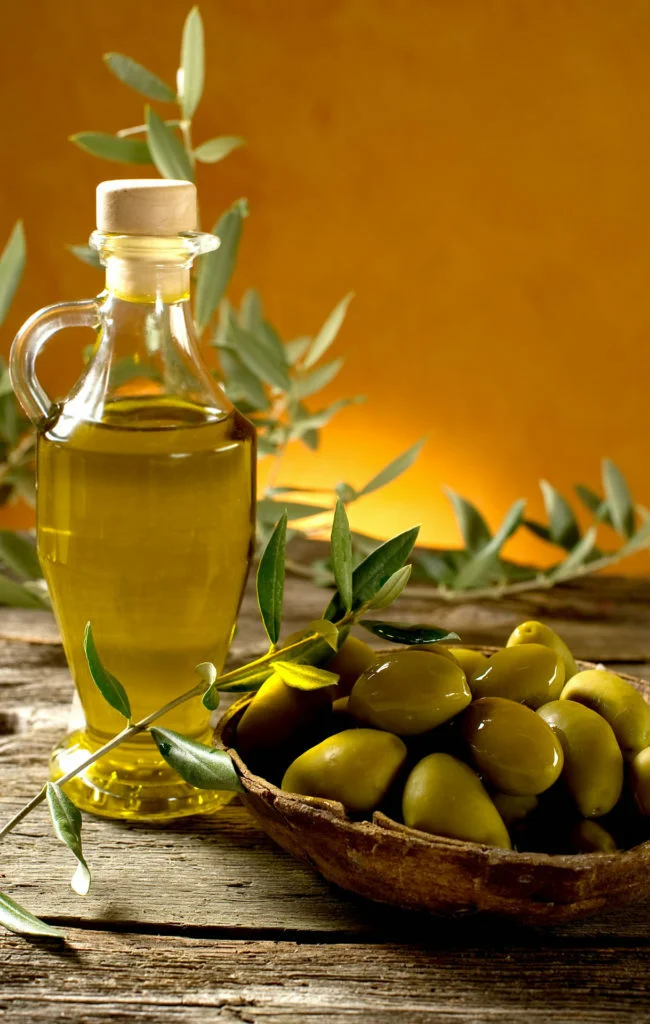
The Olive – an economic essential
Secondarily, the olive is a natural resource for an industry which is very important to the Spanish economy.
The turnover of Spain’s olive oil exports exceeds two billion euros annually. It is the number one agricultural export.
Spain accounts for over half of the European Union’s five million hectares of olive plantations, which requires thirty five per cent of the country’s employed farm workers.
Spain exports around 46% of it’s olive oils. It’s total production is equivalent to half of the worldwide volume.
Andalusia
Most of Spain’s production is centred in Andalusia. One third of Andalusia’s agricultural land is given over to olives.
It is the largest olive producing region in the world.
There are around 500 companies here, supplying an impressive forty percent of the world’s olive oil supply.
Employment
Olive oil production requires a diverse and large scale labour force, within Andalusia and the other olive growing areas of Spain.
Places for the ‘pickers’ are hotly competed for in the harvest months. Some are often unemployed when the olives are out of season. It is an important source of income to them, to cash flow over the year.
Once the harvested olives are delivered, the olive oil producing factories need knowledgeable workers to produce the oil. After satisfactory production oils need to be graded, packaged, marketed, appropriately branded, and finally, distributed.
There is a practised internal network of distribution within Spain, and, externally to the welcoming international markets.
The olive is crucial to the economy and employment in Andalusia, and Spain.
Thus, this indigenous little fruit has an importance way beyond that of initial perceptions.
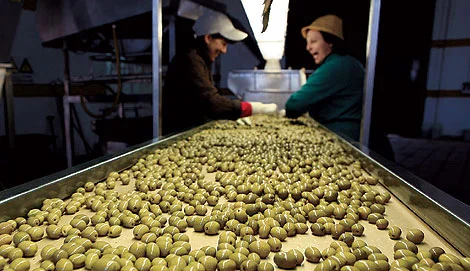

The Olive – origin
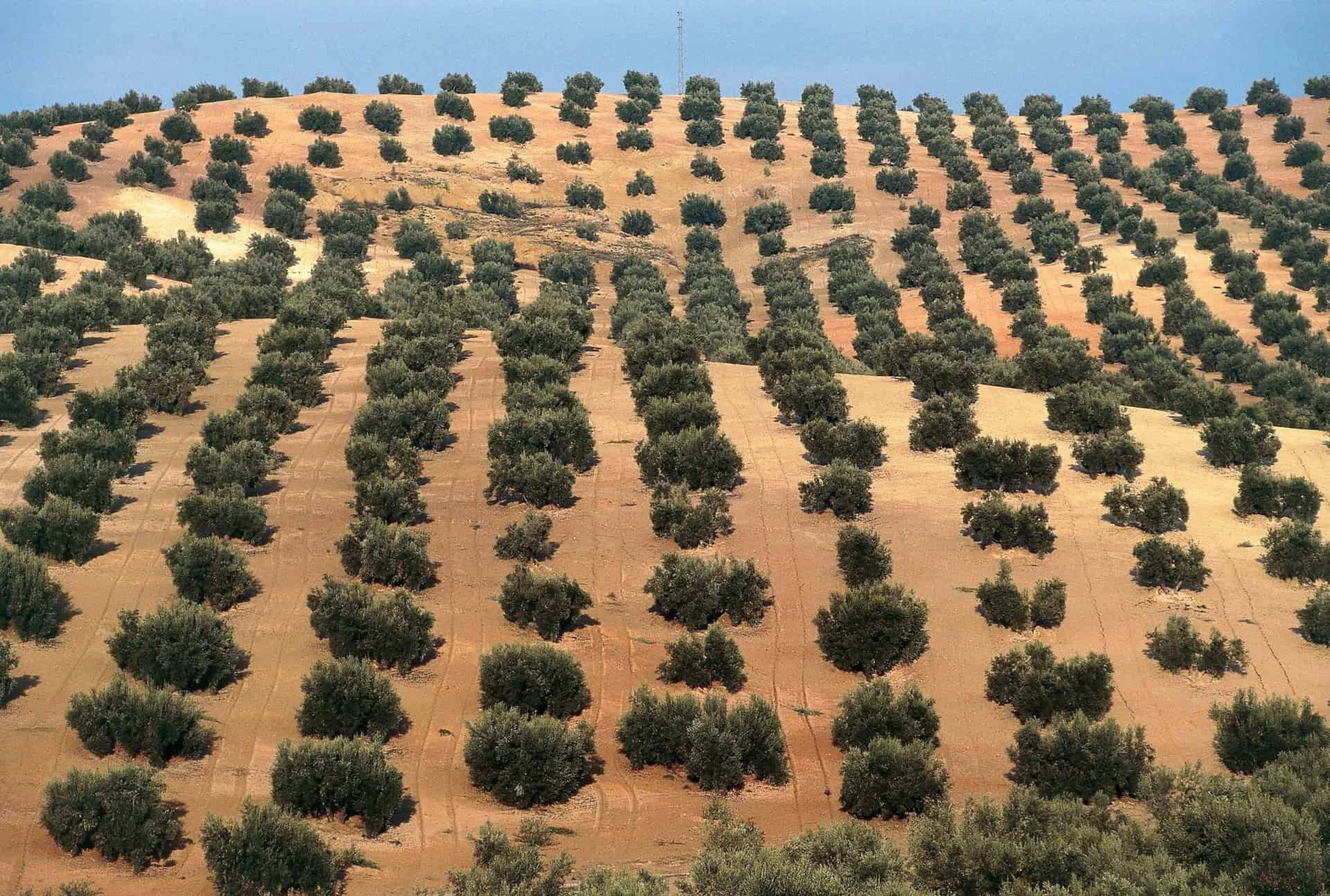
The Olive tree (arbol de oliva), is thought to have arrived in the Mediterranean region over 3000 years ago, from what was Asia Minor.
Greece and Crete were the first to cultivate it.
The Romans grew olives throughout their provinces, including Andalusia. Olive oil (aceite de oliva) became an important commodity.
Under the rule of the Moors, olive cultivation continued to flourish in the Iberian Peninsula, and it evolved into a major part of agriculture here.
Today Spain is the largest producer of olive oil in Europe. More than 60% of olive growing land is in Andalusia.
As a visitor to Antequera you cannot avoid the sight of olive groves, and if you venture outside on the roads to Cordoba or Seville, you will see vast plantations stretching to the horizon.
Within Andalusia, the provinces of Jaen and Cordoba are particularly prolific.
Although the soil often receives no rain there for months at a time, the olive trees bear plentiful juicy fruit, unhindered.
Olive trees are undemanding and require hardly anything to flourish. (A poet once likened this characteristic to Andalusians themselves!).
Olives – Green or Black?

It is quite common to perceive the black olive as a different type or variety to the green olive.
This is not the case.
The difference in colour is dependent upon when the olive was picked, and preserved.
Green olives are picked unripe, whilst black olives are allowed to ripen before being harvested.
All olives start off green – hence the colour of extra virgin olive oil, which is the juice of the best olives.
If the green olives are left to ripen they take on a purple and blue colour, before turning black.
Black olives are more strongly flavoured, have more calories, but are nutritionally virtually the same as green olives.
Both are usually soaked in lye after harvesting, and then in brine to reduce bitterness.
Green olives tend to be slightly more bitter in taste.
The green olive is often jarred as a de-stoned product, stuffed, with a pimiento for example. It makes an enticing tapa.
Buying Olive Oil in ANTEQUERA

Olive oil prices in supermarkets in Antequera (and throughout Spain) offer extremely good value for what you are purchasing.
Given the plethora of fertile olive farms, all around, you are, in effect, buying from source.
In supermarkets the price of own brand olive oils will range from around 3 euros to 5 euros depending on the grade.
Other brands will be higher in price, with escalating levels of quality.
Olive Oil Grades of Quality
It is the acidity level which defines the quality of taste of the oil.
The lower the proportion of fatty acid to oil, the higher quality the rating.
There are three grades:
Aceite de Oliva Virgen Extra
(Extra Virgin Olive Oil).
The highest quality grade for Spanish olive oil.
They are guaranteed to be cold pressed (see on: The Olive – Producing Olive Oil).
It cannot exceed 1 gram of acid per 100 grams of oil.
These oils have a concentrated flavour, and a deep green colour. Full of nutrition (see on: The Olive – Health Benefits).
If you are having your olive oil pure, for example dripped over a toasted mollete, or over a green salad, go for this grade.
Also, if mixing a dressing, extra virgin oil will provide the best contributory flavour.
There is naturally a price premium over other olive oils.
However, with supermarket own branded oils, the price differential is not that much.
If you are on holiday here, you will likely only need one bottle (1 litre) for home cooking.
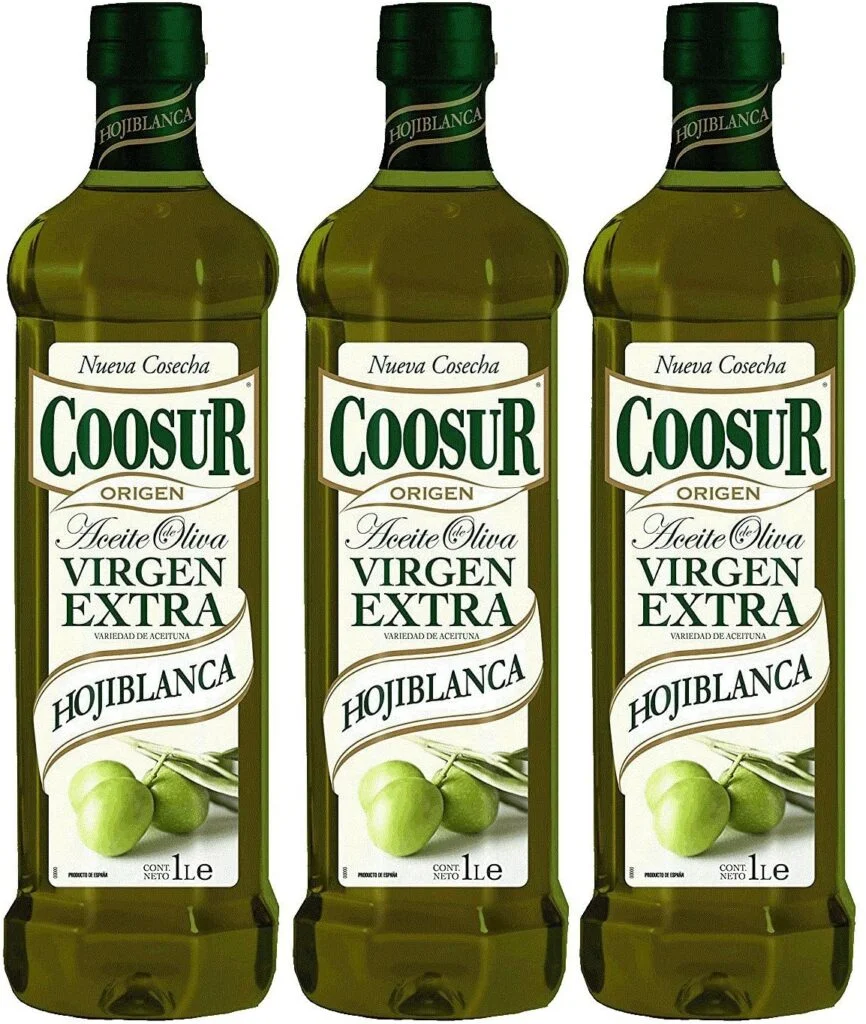
Aceite de Oliva Virgen
(Virgin Olive Oil).
Also a guaranteed cold-pressed olive oil.
The acidity level is slightly higher at a maximum of 2 grams of acid per 100 grams of oil.
It has flavour, and is a bit cheaper than an Extra Virgin oil.
It’s colour is slightly less green.
Aceite de Oliva
A refined olive oil, or a blend of refined and cold pressed.
It is paler in colour, and has a little less flavour and nutritional value than the cold pressed oils.
Of the olive oils it is the cheapest grade.
It is still better value than a girosol (sunflower) oil, for taste and nutrition.
Olive Oil – Health Benefits
The health benefits of cold pressed olive oil over animal fat products is undisputed.
Olive oil contains a large amount of mono unsaturated fatty acids, which assist the metabolism, and can prevent high levels of cholesterol. This helps prevent heart disease.
In addition, the vegetable dye and phenols within olive oil help protect the heart, and surrounding vessels.
It contains good levels of Vitamin E which is an effective antioxidant, and increases the immune system.
Olive oil is easily digestible, and can help in curing stomach ulcers.

The Olive – Producing Olive Oil
First cold pressed
This means the olives are pressed (crushed) once. If the olives are pressed more than once the oil will not qualify as ‘extra virgin’. The ‘cold pressed’ element means that no heat is used when pressing the fruit for the oil.
This is the only way to extract a a high quality extra virgin olive oil.
The olives are crushed into a paste, and the oil extracted without the use of chemicals or heat. Unrefined.

Refined
These oils may be labelled: pure olive oil, olive oil, or light olive oil.
Refined oils are crushed in the same way as the virgin oils, but undergo a second pressing, as they are in effect not pure enough to deliver extra virgin oil. High temperature and chemicals are then used to remove any natural flaws, to make the oil more sellable.
Sometimes a small portion of extra virgin oil may be blended in to add back some aroma and flavour.
Quality Olive Oils Produced near Antequera
Aceite de Lucena
Lucena lies just north of Antequera, and is easily visited in a morning. The Hojiblanca olive is mainly used in the Lucena olive oils.
You will find this oil in Antequeran supermarkets, in various grades.
All of the stages of processing and production have to take place in Lucena.


Aceite de Estepa
Estepa is again to the north of Antequera, and approximately an hour’s drive.
Estepa extra virgin olive oil is one of the most awarded in the world for it’s quality.
The olive oil is extracted from Hojiblana, Manzanilla, Arbequina and Martena olive varieties.
It is rich in taste.
Aceite de Montoro -Adamuz
This oil is produced in the mountains surrounding Cordoba. The olive groves are around an hour away from Antequera.
Montoro – Adamuz is an extra virgin oil made from Nevadill Black, Picual, Lechin Seville, Weevil and Carrasqueno de la Sierra varieties.
The oil is quite aromatic, and has a slightly spicy aftertaste. It is green in colour.
It is a highly rated olive oil.

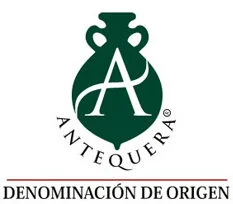
Aceite de Antequera – Legado
An extra virgin oil produced primarily from Hojiblanca, with the addition of Picual, Gordal de Archidona and Picudo varieties.
It is quite a light oil, and aromatic.
Other Quality Andalusian Aceites
There are many other lovely oils to be bought and experienced from Andalusia.
Poniente de Granada, Sierra de Cazorla (province of Jaen), Priego de Cordoba (north west of Granada), Los Montes de Granada, Sierra de Cadiz (province of Sevilla).
All are producing top grade extra virgin olive oils, within this bountiful olive producing region.
Buying High Quality Olive Oils in Antequera

It is sited just after the Finca Eslava Hotel, on the Cordoba road, as you leave Antequera.
The full address is:
DCOOP– SCA Agropecuria Nuestra Senora de los Remedios
Ctra. De Cordoba, apartado 54, 29200, Antequera.
DCOOP is a co-operative operation, binding local producers, often small holders, into collective olive oil production. It claims to be the biggest olive oil producer in the world, with 75,000 ‘farmers’ contributing.
It’s declared aim is to bring maximum profitability for it’s contributing members, by marketing, and supplying, collectively, i.e. in bulk. In this way, the overheads of marketing and supply are spread, and both delivered in a way no sole olive small holder could economically contemplate.
Yet the word ‘bulk’ should not be misconstrued. Collecting produce together does not mean the sacrifice of quality output. Far from it.
Streamlining the best produce is a fundamental component to the ethic of DCOOP production.
So, to cut a long story short, if you would like to see at first hand the history and processes of olive oil production, and, have access to the purchase of high grade olive oils you will not find in supermarkets, visit Antequera’s DCOOP.
It offers a little piece of historic insight into what has made Andalusia tick. DCOOP represents a practical, welcomed, and democratic evolvement of an ancient industry that is part of the fibre of Spain’s cultural and economic well being.
***
The Olive. More than just a tapa!

